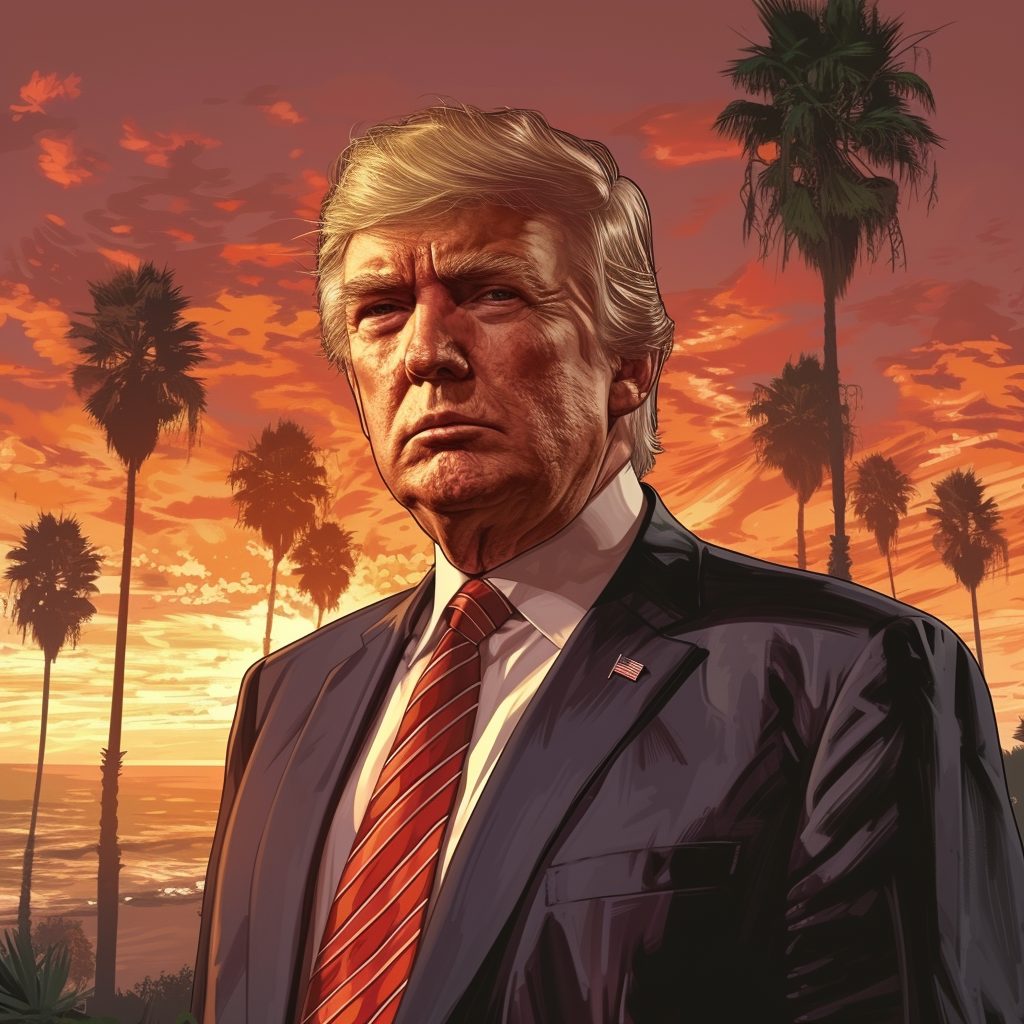Introduction
Cryptocurrency markets have always been a wild ride, full of ups and downs, twists and turns. Throw in a major political figure like Donald Trump, and things get even more interesting. His tenure as President of the United States brought about a host of economic and regulatory changes that rippled across various markets, including the burgeoning world of cryptocurrencies. But what are Donald Trump’s policy effects on cryptocurrency markets? Let’s dive in and find out!

Trump’s Economic Policies and Their Ripple Effects
Tax Cuts and Jobs Act
One of the most significant pieces of legislation during Trump’s presidency was the Tax Cuts and Jobs Act of 2017. This act slashed corporate tax rates from 35% to 21%, aiming to boost economic growth and increase investments. But did it affect the crypto world?
- Increased Investment Potential: With more money in their pockets, corporations and wealthy individuals had more capital to invest, including in the high-risk, high-reward cryptocurrency market.
- Risk Appetite: Lower taxes also meant a higher appetite for risk. As traditional investments became more lucrative due to tax cuts, investors felt emboldened to dip their toes into the volatile waters of crypto.
Deregulation Drives Innovation
Trump was known for his deregulatory stance, which extended to the financial sector. By rolling back numerous regulations, he aimed to spur innovation and economic growth. This approach had a mixed bag of effects on cryptocurrencies.
- Innovation Boost: Fewer regulations often translate to more room for innovation. Cryptocurrency startups found it easier to operate without stringent financial regulations breathing down their necks.
- Fraud and Scams: On the flip side, the lack of regulation also opened the door for fraudsters and scammers, tarnishing the reputation of the crypto market and scaring off potential investors.
Trade Wars and Tariffs
The China Factor
Trump’s trade war with China had far-reaching consequences, impacting everything from agricultural products to tech industries. The cryptocurrency market wasn’t immune to these effects either.
- Mining Disruptions: China has been a major hub for Bitcoin mining due to its cheap electricity. Tariffs and trade tensions threatened the supply chains and profitability of these mining operations.
- Market Sentiment: The uncertainty brought about by the trade war affected market sentiment. Investors, unsure of the economic future, either pulled out of risky assets like cryptocurrencies or doubled down, hoping for a safe haven amidst the turmoil.
International Relations and Global Trade
Trump’s often contentious relationships with other nations also played a role. Sanctions on countries like Iran and Venezuela pushed them toward alternative financial systems, including cryptocurrencies.
- Adoption by Sanctioned Nations: Countries facing economic sanctions turned to cryptocurrencies to bypass traditional financial systems, increasing their usage and integration into global trade.
- Market Volatility: These geopolitical moves created volatility in the crypto markets as the demand for digital currencies fluctuated with each new policy announcement.
Regulatory Uncertainty
SEC Scrutiny
Despite Trump’s deregulatory stance, the Securities and Exchange Commission (SEC) maintained a watchful eye on cryptocurrencies, particularly Initial Coin Offerings (ICOs). The SEC’s actions under Trump’s administration were pivotal.
- Increased Oversight: The SEC cracked down on fraudulent ICOs, providing a safer environment for genuine investors but also causing some trepidation among potential market participants.
- Legal Gray Areas: The lack of clear regulatory guidelines left many crypto businesses in limbo, unsure of how to comply with federal laws, thus stifacing growth in certain sectors.
FinCEN and Anti-Money Laundering (AML) Efforts
The Financial Crimes Enforcement Network (FinCEN) ramped up its efforts to combat money laundering and illicit activities within the crypto space during Trump’s tenure.
- Stricter Compliance Requirements: Cryptocurrencies faced stricter AML requirements, making it harder for illicit activities to hide within the market.
- Operational Costs: Increased compliance costs for cryptocurrency exchanges and businesses, potentially slowing down the sector’s expansion due to higher operational burdens.
Market Reactions and Trends
The Trump Pump
Trump’s unpredictable nature often led to sudden market reactions. His tweets and public statements had the power to move markets, cryptocurrencies included.
- Social Media Influence: Trump’s tweets occasionally mentioned Bitcoin and other cryptocurrencies, causing immediate spikes or drops in prices. This phenomenon, sometimes called the “Trump Pump,” showcased the president’s influence over market sentiment.
- Volatility: The unpredictability of Trump’s statements and policies contributed to the overall volatility of the cryptocurrency markets, making them even more of a roller-coaster ride than usual.
Flight to Safety
In times of economic uncertainty or geopolitical tensions, investors often seek safe-haven assets. Surprisingly, cryptocurrencies began to be seen as a digital equivalent to gold.
- Bitcoin as Digital Gold: Bitcoin, in particular, started to be viewed as a safe-haven asset. Investors flocked to it during periods of uncertainty brought on by Trump’s policies, boosting its value and market cap.
- Diversification: Cryptocurrencies became a key part of portfolio diversification strategies, especially for those looking to hedge against traditional market downturns exacerbated by Trump’s unpredictable policies.
FAQs
Q: Did Trump ever directly endorse cryptocurrencies?
A: No, Trump has never directly endorsed cryptocurrencies. In fact, he has expressed skepticism about them, notably stating that he is “not a fan of Bitcoin and other Cryptocurrencies” on Twitter.
Q: How did Trump’s tariffs on China affect cryptocurrency mining?
A: Trump’s tariffs on China increased the cost of importing mining equipment, disrupting supply chains and affecting the profitability of Bitcoin mining operations, which are heavily concentrated in China.
Q: Did Trump’s policies increase cryptocurrency adoption?
A: Indirectly, yes. Policies such as sanctions on certain countries and the deregulatory environment encouraged the adoption and innovation of cryptocurrencies, although they also increased the risks of fraud and scams.
Conclusion
So, what are Donald Trump’s policy effects on cryptocurrency markets? It’s a complex and multifaceted impact. Trump’s economic policies, trade wars, and regulatory approaches created a mixed environment for cryptocurrencies. While his deregulatory stance and tax cuts spurred investment and innovation, the regulatory uncertainty and geopolitical tensions added layers of volatility and risk. As the crypto market continues to evolve, the legacy of Trump’s policies will remain a topic of analysis and debate for years to come.
Cryptocurrencies thrive on unpredictability and change, and Trump’s presidency provided plenty of both. As we move forward, it’s essential to understand these historical impacts to better navigate the future of digital currencies.
